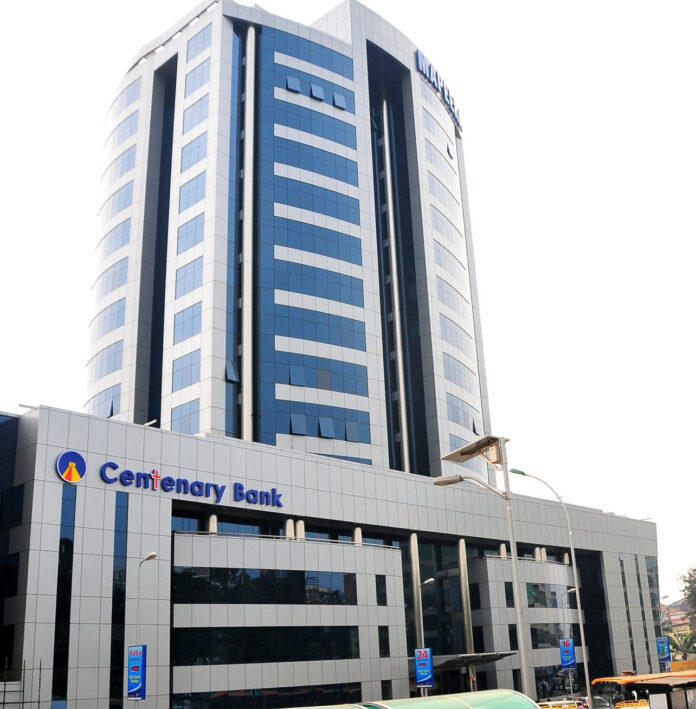Banking in Uganda
Banking in Uganda has undergone significant development and transformation in recent years, aiming to improve financial inclusion and accessibility for the population. Here are some key aspects of banking in Uganda:
Commercial Banks: Uganda has several commercial banks, both local and international, that provide a wide range of financial services. Some prominent commercial banks in Uganda include Stanbic Bank, ABSA Bank Uganda, I&M Bank, Equity Bank, KCB Bank, EcoBank, Diamond Trust Bank, Standard Chartered Bank Uganda, and Centenary Bank.
Central Bank: The Bank of Uganda serves as the country’s central bank and regulates the banking sector. It oversees monetary policy, issues currency, supervises financial institutions, and maintains price stability.
Account Types: Banks in Uganda offer various types of accounts, including savings accounts, current accounts, fixed deposit accounts, and foreign currency accounts. These accounts cater to different needs and provide features such as ATM/debit cards, checkbooks, and online banking facilities. For people intending to visit Uganda, Visa ATMs are widely distributed throughout the country.
Mobile Money: Mobile money services have gained significant popularity in Uganda, providing a convenient way for individuals to conduct financial transactions using their mobile phones. Leading mobile money providers in Uganda include MTN Mobile Money, and Airtel Money. Users can deposit, withdraw, transfer money, pay bills, and even access certain banking services through their mobile wallets.
Agency Banking: To expand access to financial services in remote areas, Ugandan banks have implemented agency banking. This model allows authorized agents (such as retail shops or post offices) to provide basic banking services on behalf of banks. Customers can deposit, withdraw, and transfer money through these agents.
Financial Technology (Fintech): The Fintech sector in Uganda has witnessed growth, offering innovative solutions to enhance banking services. Fintech companies provide services like mobile banking apps, digital wallets, online payment platforms, and peer-to-peer lending.
Credit Facilities: Banks offer various credit facilities, including personal loans, business loans, mortgages, and overdrafts. Borrowers need to fulfill specific criteria and provide collateral, depending on the type and amount of credit sought.
Regulatory Framework: The banking sector in Uganda operates under the regulatory framework set by the Bank of Uganda. It ensures compliance with regulations, capital adequacy, risk management, and consumer protection.
Financial Inclusion: Efforts are being made to promote financial inclusion in Uganda, particularly among the unbanked population. Initiatives such as the National Financial Inclusion Strategy and partnerships between banks and mobile network operators aim to extend banking services to underserved areas and populations.
Online and Mobile Banking: Many banks in Uganda provide online banking platforms and mobile apps, allowing customers to access their accounts, make transactions, pay bills, and manage finances conveniently from their devices.
The General Process of Opening a Bank Account
Below is a guide to the general process of opening a bank account in Uganda;
1. Choose a Bank: Research and select a bank that suits your needs. Consider factors such as the bank’s reputation, branch network, services offered, fees and charges, and customer reviews.
2. Visit the Bank’s Branch: Locate a branch of your chosen bank that is convenient for you to visit. You can find branch locations on the bank’s website or by contacting their customer service.
3. Account Opening Requirements: To open a bank account, you will typically need the following documents:
Valid identification document (e.g., passport, national ID, or driving license)
Proof of address (such as utility bills or rental agreements)
Passport-sized photographs
Initial deposit amount (varies depending on the type of account)
4. Account Opening Process: Visit the bank branch with the required documents. Speak to a customer service representative or a bank officer who will guide you through the account opening process. They will provide you with the necessary forms and explain any additional requirements.
5. Complete the Application Forms: Fill out the account opening forms accurately and provide the requested information. Ensure that you understand the terms and conditions of the account and any associated fees or charges.
6. Verification Process: The bank will verify your documents and information provided. They may conduct background checks or request additional documents if necessary.
7. Account Activation: Once your account is approved, you will receive your account details, including an account number. You may be issued a checkbook, debit card, and/or instructions for accessing online or mobile banking services.
8. Deposits and Withdrawals: To deposit or withdraw money, visit the bank branch and fill out the relevant deposit or withdrawal slips. Provide your account details and the amount you wish to deposit or withdraw. You may also be able to deposit or withdraw funds at designated ATMs or through mobile banking services.
9. Additional Services: Banks offer various services such as online banking, mobile banking, bill payments, money transfers, and loans. Enquire with your bank about these services and the process to access them. You may need to register for online or mobile banking separately.
10. Customer Support: If you have any questions, concerns, or need assistance with banking services, contact the bank’s customer support. They can provide guidance and address any issues you may encounter.






